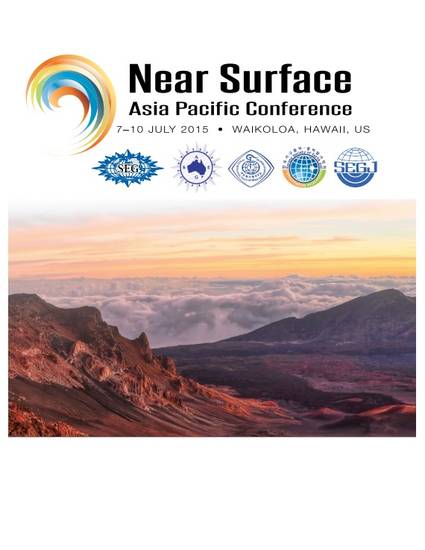
Presentation
GPR Imaging of Pyroclastic Density Current Deposits at Mount St. Helens, Washington
2nd Near Surface Asia Pacific Conference
(2015)
Abstract
Ground penetrating radar (GPR) is used to image pyroclastic density current (PDC) deposits from the May 18th, 1980 eruption of Mount St. Helens. Outcrop verified features include a scour-and-fill channel and a secondary phreatic explosion crater. Unverified reflectors are attributed to either depositional levees or debris avalanche hummocks. This preliminary study validates that GPR can be used to identify and map the three-dimensional structure of pyroclastic deposits, which increases our ability to develop robust interpretations of the mechanisms and conditions of emplacement. Future work is proposed to continue field investigation with high density common midpoint stacking methods, tomographic velocity inversion, and seismic methods to improve our ability to distinguish between deposits with density, sorting, porosity, and radarfacies.
Disciplines
Publication Date
July, 2015
Location
Waikoloa, HI
Citation Information
Andrew Gase, John Bradford, Brittany Brand, Darren Gravley, et al.. "GPR Imaging of Pyroclastic Density Current Deposits at Mount St. Helens, Washington" 2nd Near Surface Asia Pacific Conference (2015) Available at: http://works.bepress.com/brittany_brand/58/
